
Understanding the Fight or Flight Response and Its Impact on Trauma
Our fight or flight response was essential for survival during early human evolution. When faced with a predator, like a tiger, this response enabled us to either confront the threat or flee to safety. The first reaction during the fight or flight response is that our mind disconnects from our body, which helps us avoid feeling pain or fatigue while fighting or escaping.
However, in modern times, this system can be less beneficial when triggered by non-life-threatening situations such as social anxieties or traumatic memories. When our fight or flight response activates without a tangible threat, it results in a buildup of unresolved emotional energy. This disconnect means we often overlook the physiological changes—like increased heart rate, sweating, and muscle tension—that accompany stress. These unnoticed reactions can worsen our emotional distress, creating a cycle of obsessive thoughts and heightened anxiety.
The Impact of Trauma on Memory
Trauma causes our brain to become highly activated, preventing it from recording memories accurately. Traumatic memories are often stored somatically and emotionally, making them feel as if they are happening in the present every time they are recalled. Intellectually, we may recognize that these events are in the past, but emotionally and physically, we relive the trauma.
Unlike normal memories, which we can recall and analyze with a sense of pastness, traumatic memories remain vivid and ever-present. This prevents us from integrating them into our broader life narrative, leaving us stuck with the beliefs and emotions we had during the trauma. As a result, we may feel powerless, hopeless, or dirty, even though the traumatic event is no longer occurring.
The Role of EMDR in Trauma Therapy
Eye Movement Desensitization and Reprocessing (EMDR) is a therapeutic technique designed to help individuals process traumatic memories. During EMDR, a practitioner guides the patient to move their eyes in a way that engages both hemispheres of the brain. The left hemisphere, responsible for logic and detail-oriented thinking, and the right hemisphere, associated with creativity and abstract thinking, work together during this process.
In PTSD and trauma patients, the right side of the brain frequently replays the traumatic event and the associated negative beliefs. EMDR helps to involve the left side of the brain, facilitating new understandings and perspectives on the traumatic experience. This bilateral stimulation mimics the natural processing that occurs during REM sleep, allowing the brain to reprocess and integrate traumatic memories more effectively.
Conclusion
Understanding and managing the fight or flight response is crucial for addressing the impact of trauma. By using techniques like EMDR, individuals can reprocess traumatic memories, transforming how they think and feel about past events. This therapeutic approach helps integrate traumatic experiences into a coherent narrative, reducing the power of traumatic memories to dictate present emotions and behaviors.
Bibliography
Books
- Stone, H., & Stone, S. (2011). Embracing Our Selves: The Voice Dialogue Manual. Novato, CA: New World Library.
- Gilbert, P. (2014). The Compassionate Mind. London: Robinson.
- Horney, K. (1950). Neurosis and Human Growth: The Struggle Toward Self-Realization. New York: W.W. Norton & Company.
- Jung, C. G. (1969). The Archetypes and The Collective Unconscious. Princeton, NJ: Princeton University Press.
- Schwartz, R. C. (1995). Internal Family Systems Therapy. New York: Guilford Press.
Articles
- Crits-Christoph, P., & Mintz, J. (1991). Implications of Personality Subtypes for Psychotherapy. Journal of Consulting and Clinical Psychology, 59(5), 704-711.
- Gilbert, P., & Irons, C. (2005). Focused Therapies and Compassionate Mind Training for Shame and Self-Attacking. In P. Gilbert (Ed.), Compassion: Conceptualisations, Research and Use in Psychotherapy (pp. 263-325). London: Routledge.
- Kabat-Zinn, J. (2003). Mindfulness-Based Interventions in Context: Past, Present, and Future. Clinical Psychology: Science and Practice, 10(2), 144-156.
- Neff, K. D. (2003). The Development and Validation of a Scale to Measure Self-Compassion. Self and Identity, 2(3), 223-250.
- Siegel, D. J. (2012). The Developing Mind: How Relationships and the Brain Interact to Shape Who We Are. New York: Guilford Press.
Further Reading
- Ellis, A. (2001). Overcoming Destructive Beliefs, Feelings, and Behaviors: New Directions for Rational Emotive Behavior Therapy. Amherst, NY: Prometheus Books.
- Germer, C. K., & Neff, K. D. (2013). Self-Compassion in Clinical Practice. Journal of Clinical Psychology, 69(8), 856-867.
- Klein, M. (1984). The Psycho-Analysis of Children. London: Hogarth Press.
- Pennebaker, J. W. (1997). Opening Up: The Healing Power of Expressing Emotions. New York: Guilford Press.
- Young, J. E., Klosko, J. S., & Weishaar, M. E. (2003). Schema Therapy: A Practitioner’s Guide. New York: Guilford Press.

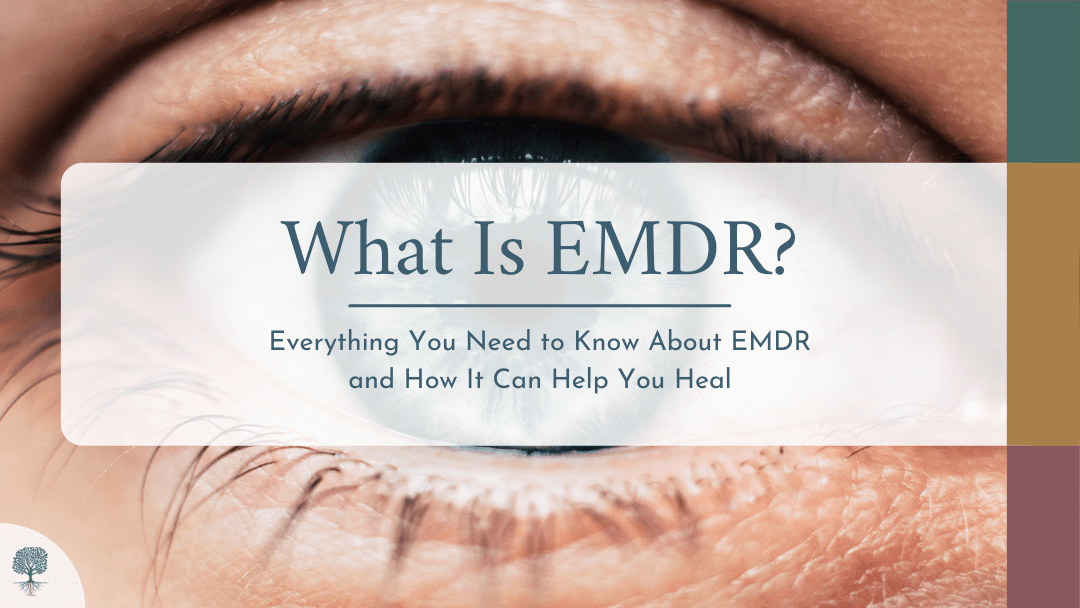
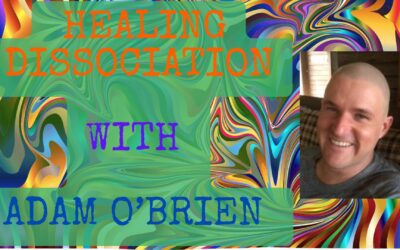
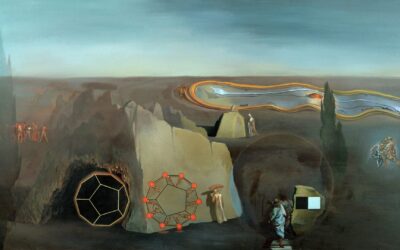

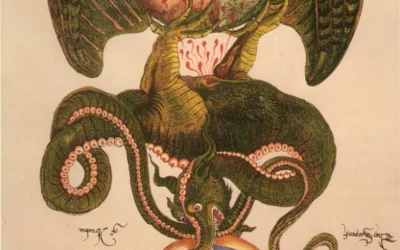
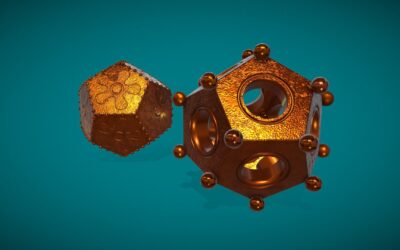

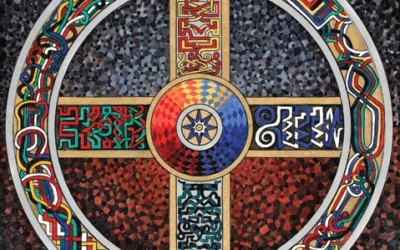
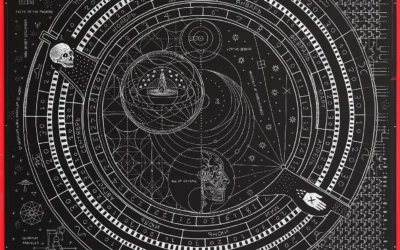
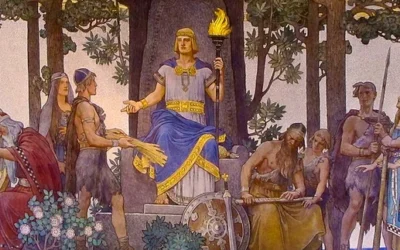

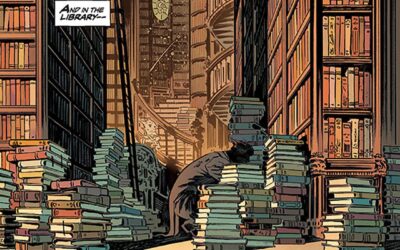

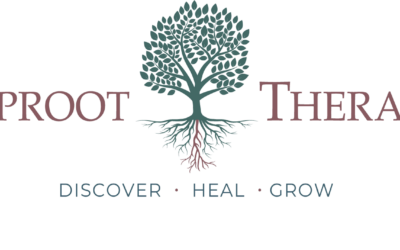

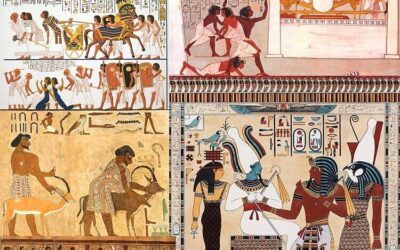
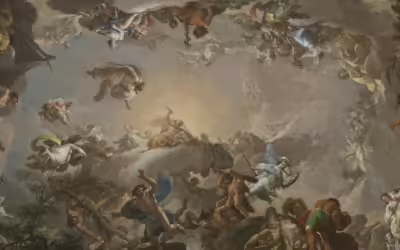

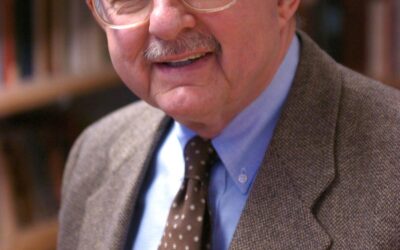
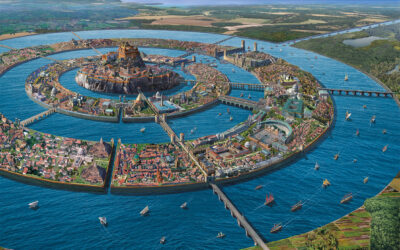

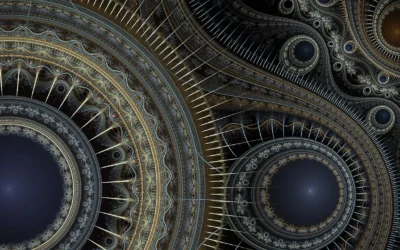
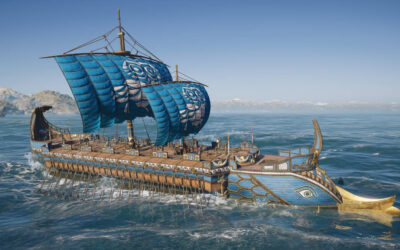


0 Comments